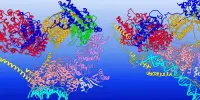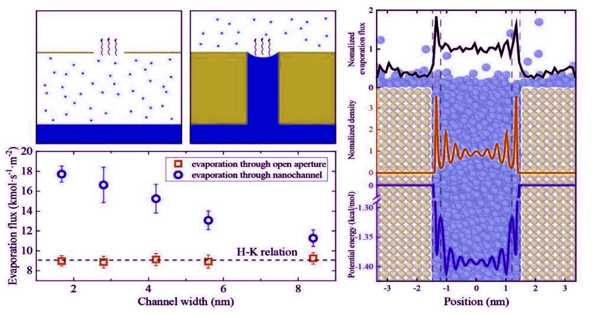A multiomics approach is the comprehensive study of biological systems through the integration of multiple omics technologies such as genomics, transcriptomics, proteomics, metabolomics, and epigenomics. Researchers can learn a lot about various molecular components and processes within an organism by using this method.
The researchers were able to detect changes in the accessibility (or ‘readability’) of transposable elements. The researchers did this by combining various sets of multiomics data that characterize and quantify collections of biomolecules in cells or organisms. The transcriptome is made up of all copies of RNA transcribed from DNA in the cell. The other was the epigenome, which is a collection of chemical changes to DNA that alter gene expression.
This multiomics approach had the advantage of identifying families of transposable elements with changes in accessibility, which would have been missed by previous approaches.
A number of questions remain, such as whether the link between transposable elements and viral load is actually causal, and whether these changes would be consistent over time. However, these findings represent an important step toward understanding the role that such variables play in the variability of illness severity among individuals.
Xun Chen
Have you ever wondered why some people might get sicker than others, even when they catch the same virus? It is not yet clear why this is. Viral factors (such as differences in the strain of a virus) play a role in this variability, but they cannot account for the wide range of responses in different individuals infected by the same virus. A number of host factors have also been considered, including pre-existing immunity, age, sex, weight, and the microbiome.
Another critical factor is the molecular biology of your cells. DNA is depicted as a single long double-helical strand. As a result, you might expect the cell to read genetic information sequentially, beginning at one end and working its way to the other. However, this is not the case. Transposable elements, also known as “junk DNA,” are found in DNA and can change which regions of the genome are read at any given time.
The study was conducted by an international team led by Dr. Guillaume Bourque, who investigated the role of these transposable elements in the severity of illness following influenza A virus infection.

The researchers were able to identify changes in the accessibility (or “readability”) of transposable elements by examining data from 39 individuals before and after infection with the influenza A virus.
The researchers used a method that combined multiple sets of multiomics data to characterize and quantify collections of biomolecules in cells or organisms. The transcriptome is a collection of all RNA copies transcribed from DNA in the cell. The epigenome, on the other hand, is a collection of chemical changes to DNA that alter gene expression. This multiomics approach had the advantage of identifying families of transposable elements with changes in accessibility that would have been missed by previous approaches.
They could identify several transcription factors (proteins that turn specific genes “on” or “off”) that likely contribute to someone’s response to infection by looking at these changes in transposable elements after viral infection. Using these findings, the researchers developed a model that could predict an individual’s viral load following influenza A infection.
“A number of questions remain, such as whether the link between transposable elements and viral load is actually causal, and whether these changes would be consistent over time,” says lead author Xun Chen. “However, these findings represent an important step toward understanding the role that such variables play in the variability of illness severity among individuals.”
















